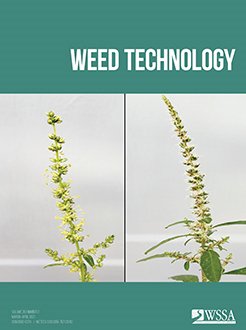Annual grass weeds reduce profits of wheat farmers in the Pacific Northwest. The very-long-chain fatty acid elongase (VLCFA)-inhibiting herbicides S-metolachlor and dimethenamid-P could expand options for control of annual grasses but are not registered in wheat, because of crop injury. We evaluated a safener, fluxofenim, applied to wheat seed for protection of 19 soft white winter wheat varieties from S-metolachlor, dimethenamid-P, and pyroxasulfone herbicides; investigated the response of six varieties (UI Sparrow, LWW 15-72223, UI Magic CL+, Brundage 96, UI Castle CL+, and UI Palouse CL+) to incremental doses of fluxofenim; established the fluxofenim dose required to optimally protect the varieties from VLCFA-inhibiting herbicides; and assessed the impact of fluxofenim dose on glutathione S-transferase (GST) activity in three wheat varieties (UI Sparrow, Brundage 96, and UI Castle CL+). Fluxofenim increased the biomass of four varieties treated with S-metolachlor or dimethenamid-P herbicides and one variety treated with pyroxasulfone. Three varieties showed tolerance to the herbicides regardless of the fluxofenim treatment. Estimated fluxofenim doses resulting in 10% biomass reduction of wheat ranged from 0.55 to 1.23 g ai kg-1 seed. Fluxofenim doses resulting in 90% increased biomass after treatment with S-metolachlor, dimethenamid-P, and pyroxasulfone ranged from 0.07 to 0.55, 0.09 to 0.73, and 0.30 to 1.03 g ai kg-1 seed, respectively. Fluxofenim at 0.36 g ai kg-1 seed increased GST activity in UI Castle CL+, UI Sparrow, and Brundage 96 by 58%, 30%, and 38%, respectively. These results suggest fluxofenim would not damage wheat seedlings up to three times the rate labeled for sorghum, and fluxofenim protects soft white winter wheat varieties from S-metolachlor, dimethenamid-P, or pyroxasulfone injury at the herbicide rates evaluated.
Nomenclature: Dimethenamid-P; fluxofenim; pyroxasulfone; S-metolachlor; sorghum, Sorghum bicolor (L.) Moench; wheat, Triticum aestivum L.






